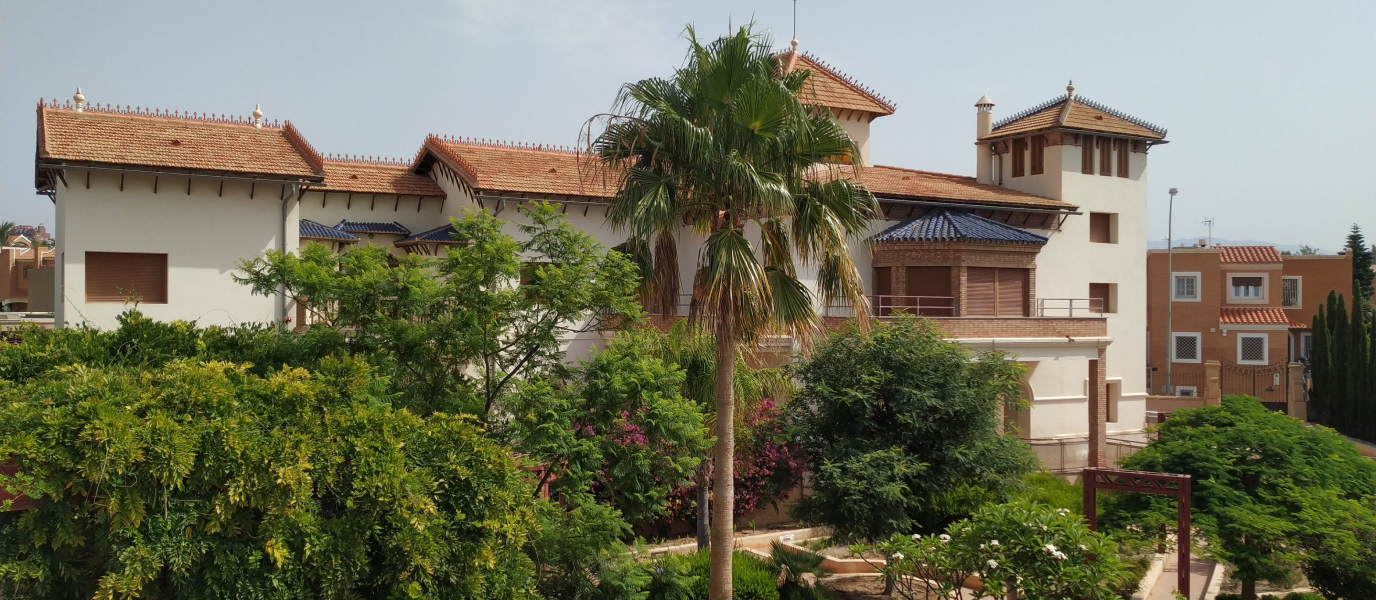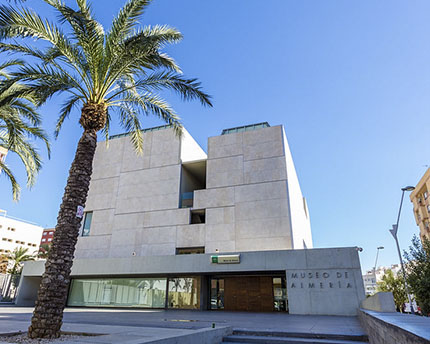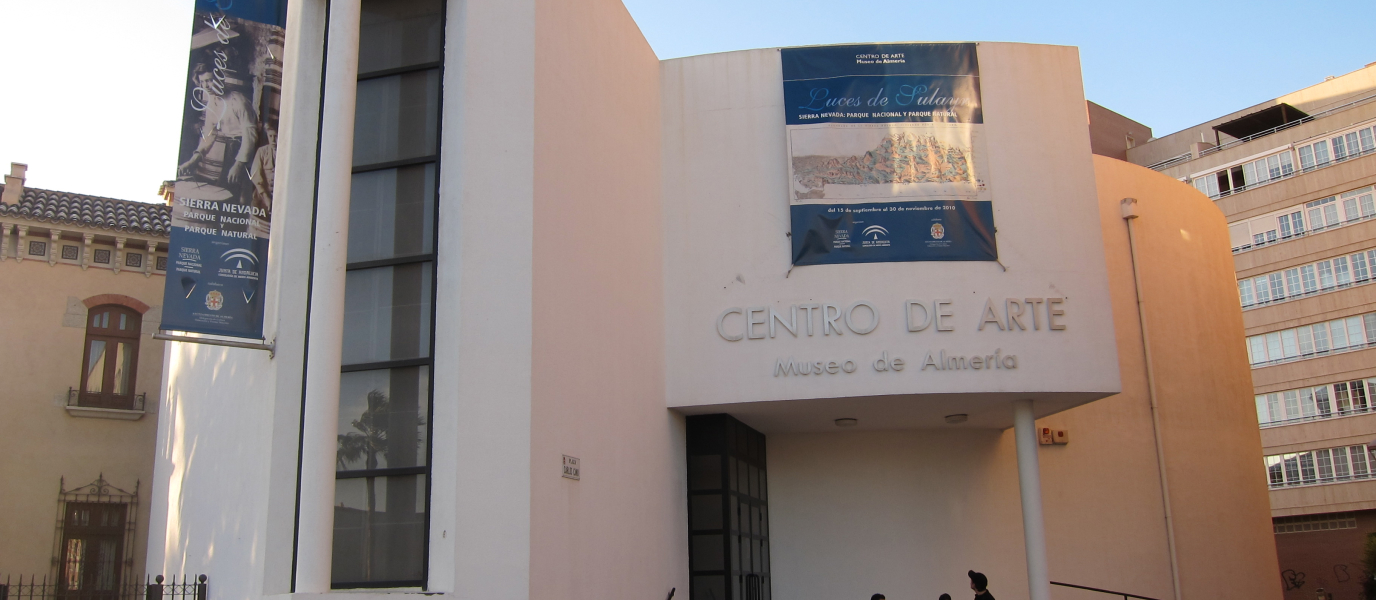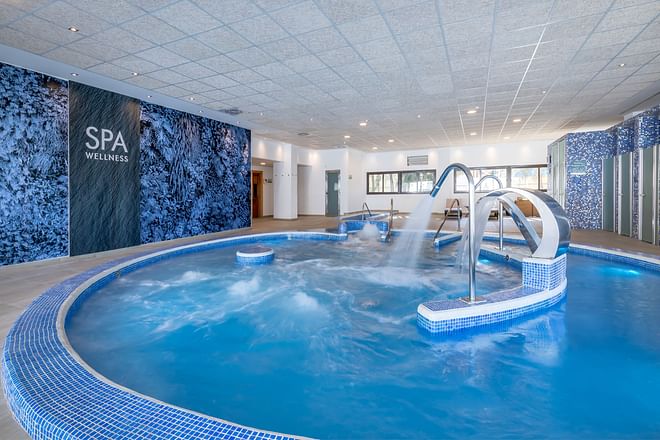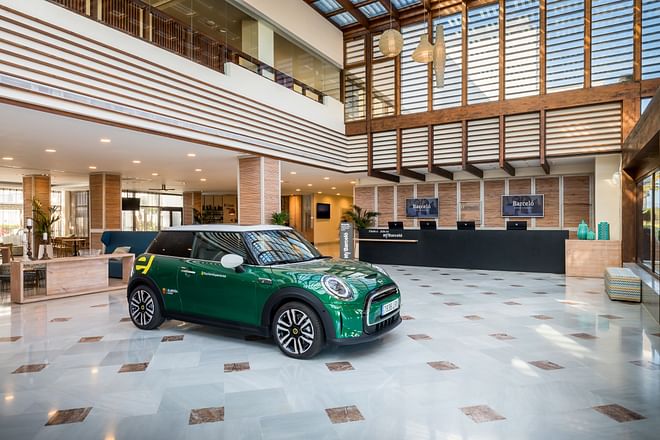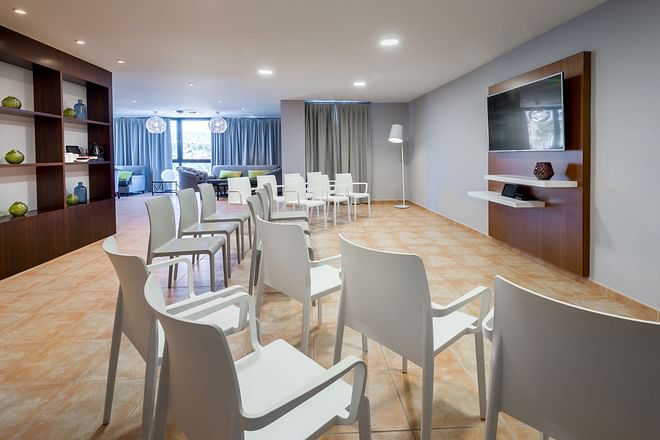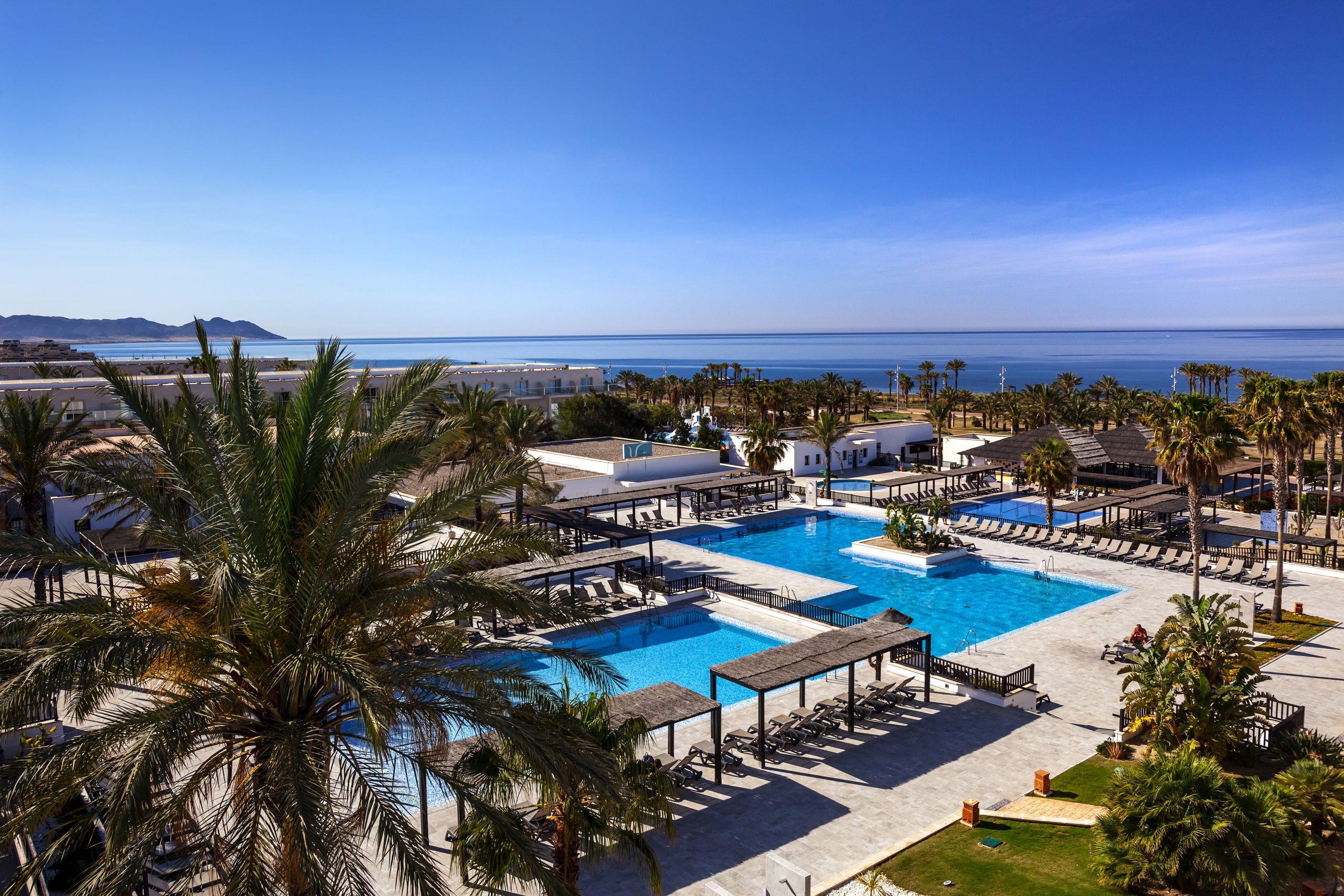The province of Almería and its capital have played an important role in the history of the international film industry. Its landscape has appeared in many popular Westerns, series, advertisements and music videos. Against this backdrop of natural beauty some of Hollywood’s most memorable films have been made, and this museum in Cortijo Romero not only pays homage to that tradition but was actually home to some of the actors, directors and musicians who practised their art in Almería.
The museum is made up of a number of different rooms designed to inform the visitor about the films that were made in Almería from the middle of the 20th century to the present day. Steven Spielberg, Clint Eastwood, Claudia Cardinale, Raquel Welch and many others are the stars of the show at this museum that celebrates the magic and glamour of cinema. Photographs, costumes and other examples of stage design and props are sure to awaken the cinephile in everyone.
The House of Cinema – a famous farmhouse
The House of Cinema opened its doors to the public on 15th January 2011. Located in the Villablanca neighbourhood in Almería capital, the Cortijo Romero – or Santa Isabel Country House, Balmas House or Tower House, depending on who you’re asking – was originally designed as a Bourgeois mansion in 1866. Throughout the 60s and 70s many famous Hollywood stars actually stayed in this converted mansion. Actors such as Peter O’Toole and Yul Brynner; directors like David Lean, Sam Spiegel, Steven Spielberg and Rainer Werner Fassbinder; and musicians like John Lennon and Ringo Starr all made this legendary house their home for a time.
Originally belonging to the Balmes Family, the house was bought by the local government in order to convert it into a museum of cinema. As such, certain modifications needed to be made to the building in order to adapt it to its new purpose. This multidisciplinary project was directed by the architect Ramón de Torres and resulted in a wonderful convergence of old and new. There are rooms that trace Almería’s cinematic pedigree from the second half of the 20th century but they’re housed in a building that has been preserved exactly as it was in the 19th century, making it as much of an attraction as the treasure it keeps inside.
A constellation of stars at the Museum of Cinema
Stepping inside this house is like stepping inside the Hollywood dream itself. Everything from the images of cinematic greats to the on-set trinkets that have been kept and conserved all these years combine to make an unforgettable experience that will leave you asking “did they really make all of these films in Almería?”
One of the rooms is dedicated to showing exactly where in the province each film was made and a brief explanation of the ins and outs of cinematography for them is also provided to give the visitor a true sense of how the industry worked here. There is also a chance to stand side by side with Clint Eastwood or Peter O’Toole in one of their most famous films thanks to a fully immersive photograph experience in which the actors move as their most famous characters do.
There is also a photography exhibition of the spectacular Tabernas desert, which was the backdrop to most of the Westerns filmed in Almería. In this exhibition you will find many original movie posters, original costumes and other props from the films made in Almería. There are also in-depth videos that show how the films were made with particular reference to the special effects that have been a part of cinematography since its birth.
It wouldn’t be a true Hollywood setting without an element of spooky phenomena, and it was the director Rainer Werner Fassbinder who brought that touch to the House of Cinema in Almería with his account of suffering a ‘bout of madness’ while in residence there. Other guests, such as John Lennon’s first wife Cynthia, swore they heard strange noises and witnessed nocturnal apparitions, too.
John Lennon, a distinguished guest
John Lennon stayed in the Cortijo Romero for a little over a month in 1966 while filming How I Won the War, a satirical film by Richard Lester in which the Beatles star played the role of the soldier Gripweed. His stay was initially a welcome reprieve from the ‘Beatlemania’ that followed Lennon wherever he went. However, it has become known that the ‘Hollywood life,’ with its long periods of waiting and filming, bored Lennon profusely. So, he hired a Rolls Royce and a chauffeur and began touring the nearby environs of Andalusia. In fact, there are photographs of Lennon in said car and of him taking in the sun on Carboneras beach. Perhaps the most famous story attributed to John Lennon during his time in Almería, however, comes from Rolling Stone Magazine which stated that it was here where the musician wrote his famous song Strawberry Fields Forever. It is also rumoured that during a visit from his first wife Cynthia Lennon and Ringo Starr, Lennon was already contemplating leaving the Beatles. He met Yoko Ono just a few days after leaving Spain.
Almería, the land of filmmaking
Over the past 50 years no fewer than 100 international films – many of which were huge productions – have been made in Almería. The Tabernas desert is the most famous of its sceneries, appearing in such films as Lawrence of Arabia and many ‘Spaghetti Westerns’ such as A Fistful of Dollars, For a Few Dollars More, and The Good, the Bad and the Ugly. Other parts of Almería have also played their parts in films, such as those in the Cabo de Gata-Níjar National Park like El Cortijo del Fraile, Los Albaricoques, El Romeral and, most famously, Mónsul beach, which appeared in Indiana Jones and the Last Crusade, which brought Steven Spielberg, Harrison Ford and Sean Connery to Almería.
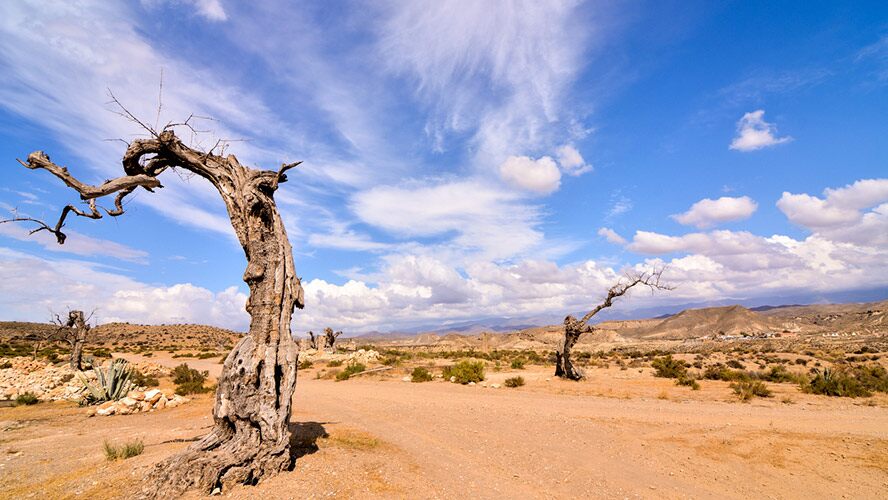
In the capital itself, the Alcazaba Fortress, the port and Plaza Vieja, have appeared in films such as Cleopatra, The Call of Africa, Conan the Barbarian and one of the most award-winning winning films in the history of the Oscars, Patton, by Franklin Schaffner.
Taking a walk around the House of Cinema will give you an insight into how important the province of Almería has been to the world of cinema and how it continues to play its part today and, hopefully, for many years (and many films) more.







































































